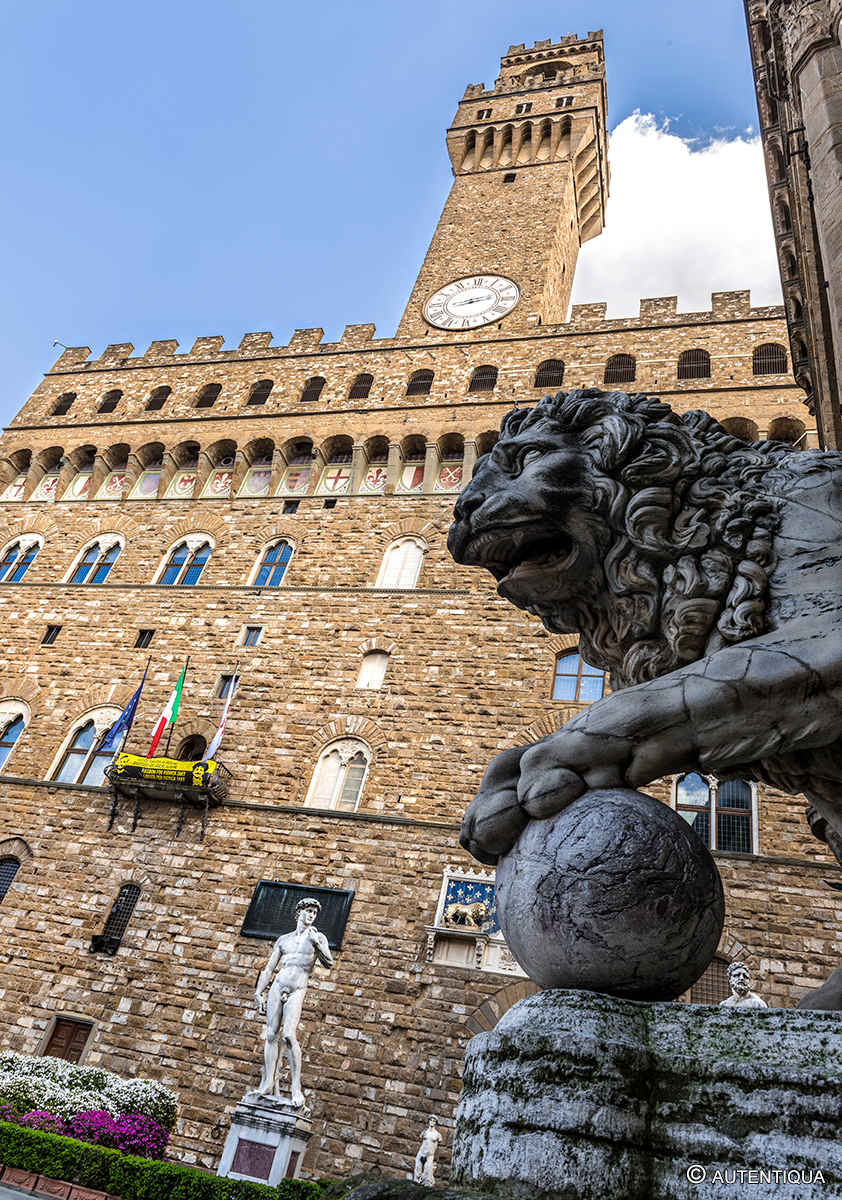A look at the Florentine Renaissance

Florence is universally considered the motherland of the Renaissance.
This glorious historical period started between the late 1300s and the early 1400s and became established in a fast-evolving Florence. It soon turned into a veritable cultural revolution, a new figurative language, a different way of thinking about man, nature, and the world as a whole. Its impulse was generated by the philosophy of Humanism, which in its turn drew inspiration from the literature and art of the ancient Greeks and Romans.
The Renaissance developed through a rigorous rediscovery of the Classics as a starting point for an artistic, philosophical, and scientific “rebirth”, with vast resonances in every sector of human life and activities. The studies of different subjects and disciplines resulted in new and prodigious progress.
In the Renaissance, artists began to produce creative original works, inspired by a vast repertoire of paintings and sculptures from the classical era, and by skillfully rethinking those ancient wonders that were being rediscovered in all their beauty.
Each artist mastered one (or more) discipline in one of the famous traditional workshops, through the long and intense period of training necessary to become an expert in that artistic field.
The new cultural milieu of Florence and Tuscany had continent-wide consequences and, thanks also to the frequent circulation of the artists, it began to spread rapidly: first to Rome, and then to the rest of Italy, eventually crossing the Alps and spreading across Europe.
The “rebirth” had an incredibly widespread diffusion and resulted in a new and revolutionary perception of man and the world: After the dark days of the Middle Ages, now every single individual was finally considered able to self-determine, cultivate his skills, and express his talents.
The energy produced in the Renaissance was generated by a strong propulsive thrust aimed at overcoming traditional boundaries and searching for innovative solutions, in art and all fields of human commitment. The life of the people underwent a significant transformation because of the new Renaissance attitude that greatly valued dialogue and debate, exchange of information, and the sharing of different opinions and thoughts.
Such an atmosphere of innovation and development of creativity required far-sighted clients and enlightened patrons – people of great culture and refined taste. In fact, all this cultural turmoil relied heavily on wealthy families, such as the Medici, who chose to support new projects and invest in the skills and ingenuity of the greatest artists of the time. The result was a blooming of young talents, creators, and makers of timeless masterpieces.